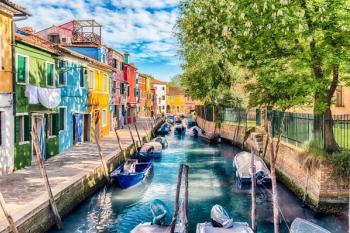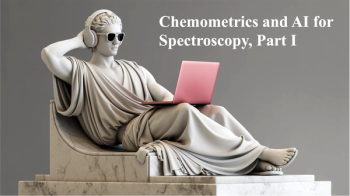
- Application Notebook-02-01-2015
- Volume 0
- Issue 0
Moxtek’s ULTRA-LITE X-ray Source
Moxtek's ULTRA-LITE X-ray source is a very small self contained X-ray source (X-ray tube and high voltage power supply) for use in portable X-ray applications, such as the handheld X-ray fluorescence (XRF) spectrometers.
Moxtek's ULTRA-LITE X-ray source is a very small self contained X-ray source (X-ray tube and high voltage power supply) for use in portable X-ray applications, such as the handheld X-ray fluorescence (XRF) spectrometers. This note demonstrates that this X-ray source has a stable and repeatable X-ray flux output over time, which is vital for the precision of the calibrated XRF measurements.
Moxtek's ULTRA-LITE source has a high voltage range of 5–50 kV, an emission current range of 5–200 μA, and comes with an assortment of anode materials including tungsten and silver. The maximum output power on the X-ray tube is 4 Watts. With the X-ray tube running at full power, the source draws approximately 9 Watts. At full power the ULTRA-LITE X-ray source will run for over 3 h on a typical 12 V 2.4 mA-h batteries. It is very small in size, 25 mm × 46 mm × 148 mm, and weighs only 250 g, making it perfect for handheld and portable instruments.
Two of the key metrics of the X-ray source for XRF applications, and many other applications as well, are X-ray flux and high voltage repeatability. Repeatability means that every time the source is turned on at a particular high voltage and current setting, the high voltage and the X-ray flux stays as constant over time.
Experimental Conditions
In development of the ULTRA-LITE X-ray source we performed a number of characterization tests on multiple units. One key test is a flux repeatability test, in which the source is turned on and off numerous times. For each on/off cycle we capture an image of the focal spot, record the X-ray energy spectra coming off the tube, the energy spectra coming off a secondary XRF target, as well as input and monitor voltages and currents over several hours to days at room temperature.
Results and Conclusions
From these tests we have seen that the ULTRA-LITE source has a very stable and repeatable X-ray flux and high voltage. The flux was measured directly from the source with an X-ray PIN diode, which measures the flux by counting X-ray photon events. Figure 1 shows the X-ray photon counts collected from an ULTRA-LITE source over 3.5 days of time. The PIN diode also records the energy spectra of the incoming photons, which contains the bremsstrahlung edge from the source. By tracking the bremsstrahlung edge the high voltage stability of the source was tracked over time.
Figure 1: This shows the flux repeatability from one ULTRA-LITE source set at the maximum voltage of 50 kV and 80 μA, the full 4 Watts. The flux is stable to under 0.10% RSD (std/mean) over 3.5 days. The source was turned on for 120 s, then off for 10 s, and cycled on and off 2400 times for this test.
The high voltage of the source does not vary more than ±100 V at 50 (0.2%) kV by measuring the bremsstrahlung edge, and the flux is stable and repeatable within 0.5% RSD or less over the time frame of days. The repeatability of this source will be an asset to any handheld or portable application where excellent flux repeatability is needed, such as XRF.
Moxtek
452 West 1260 North, Orem, UT 84057
tel. (800) 758-3110
Email:
Website:
Articles in this issue
almost 11 years ago
Analysis of Yeast Fermentation Using Multiple Reflection Diamond FT–IR ATRalmost 11 years ago
Correlative Raman-SEM Microscopy (RISE Microscopy) in Life Sciencesalmost 11 years ago
Failure Analysis of Packaging Materialsalmost 11 years ago
Monitoring the Drying Process of Pressure-Sensitive Adhesivesalmost 11 years ago
Relative Irradiance of Decorative Incandescent and LED Lightsalmost 11 years ago
Vol 30 No 2 Spectroscopy February 2015 Application Notebook PDFNewsletter
Get essential updates on the latest spectroscopy technologies, regulatory standards, and best practices—subscribe today to Spectroscopy.




